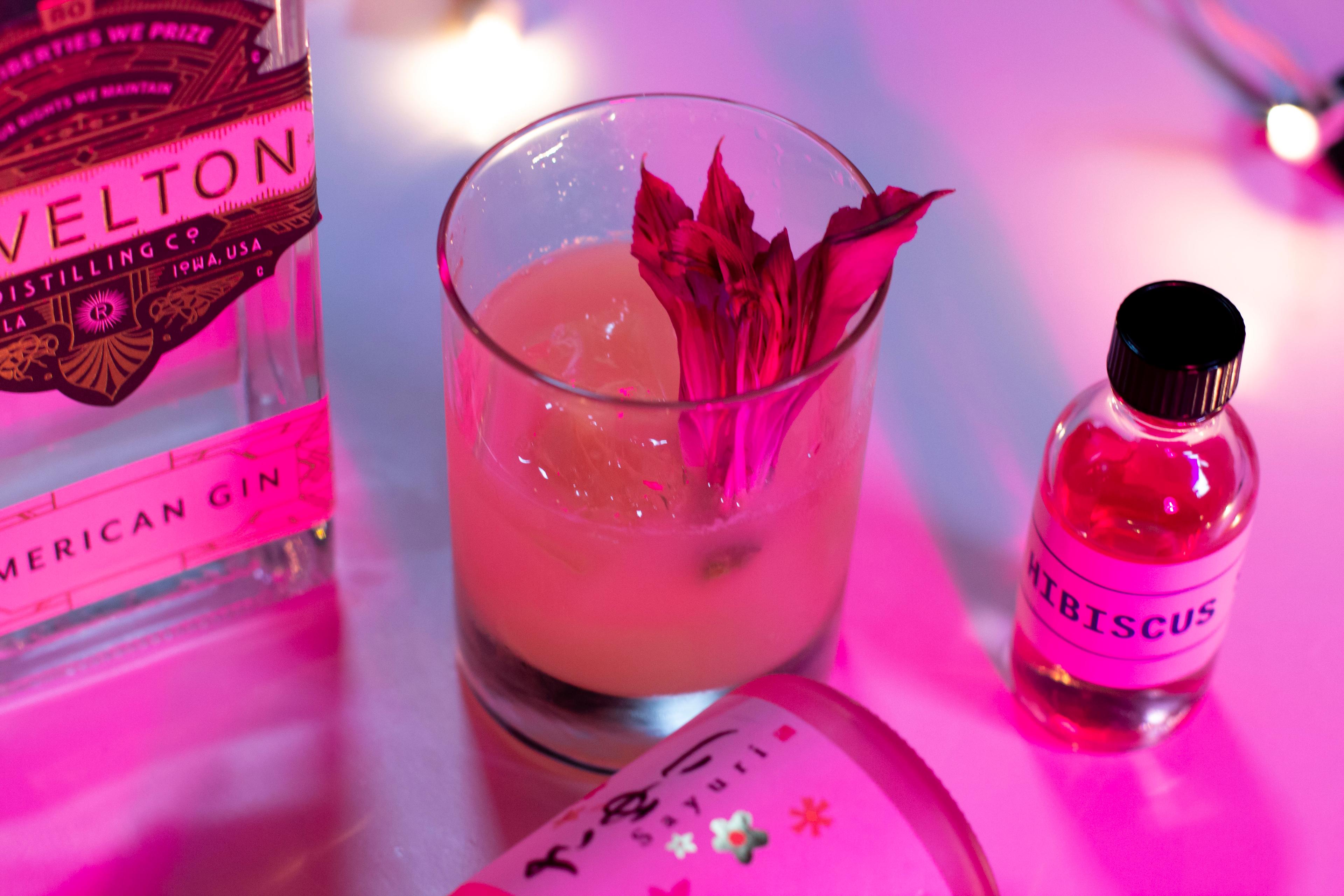
5 Date Night Drinks From The Beverage Architects
blog
Join us as we unveil a selection of our Beverage Architects' cherished cocktails (including one delightful mocktail) guaranteed to captivate the night.

Published on:
January 29, 2020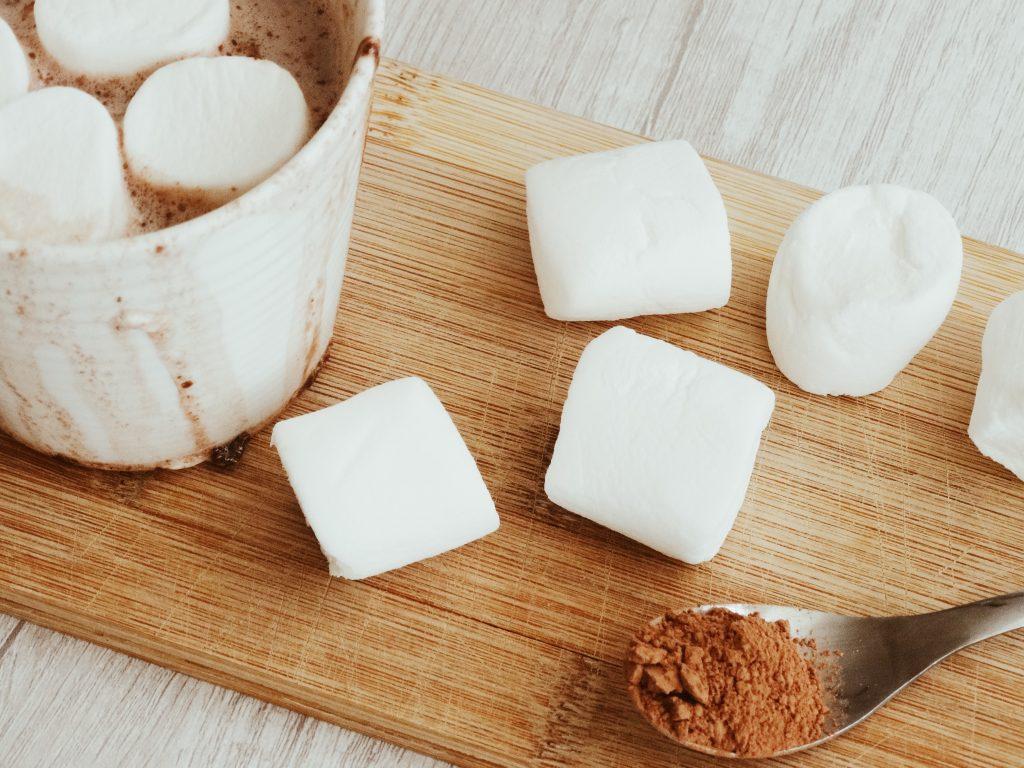
Whether it’s a ski trip with friends or a cold evening around the bon fire, the kitchen pantry can usually be relied on to be stocked with everything you need to make the perfect heated beverage — hot chocolate. And while other powdered drinks (think fruit punch, lemonade, and instant coffee) have remained market favorites, none have been so popular as hot chocolate.
But what’s so special about this winter staple? Ahead of National Hot Chocolate Day this January 31, we’re getting into the history and science behind one of the nation’s favorite powdered drinks.
Chocolate has been consumed in beverage form for thousands of years. Historians believe that the Olmecs — the oldest civilization of the Americas — were probably the first to use cacao; later, the Maya would grow and harvest the beans to create their own cacao-based drinks. In the 1500s, Spanish conquistadors would take the cacao bean to Europe, forever changing what the world is drinking.
Early recipes called for a mixture of water and ground cacao beans. But because they were used without extracting their natural cocoa butter (remember, oil and water don’t mix) the cacao wasn’t able to disperse evenly in the drink. The result? A dense and grainy beverage with an oily surface — oh, and it was served cold. Yuck!
Luckily, these early recipes also often called for ingredients that enhanced the experience to fit a variety of tastes, typically wealthy ones. Some additions included chilies, anise seed, vanilla, Alexandria roses, cinnamon, almonds, hazelnuts, wine, and sugar. Later, it would also become more popular to be served hot (thank you).
Another early draw to the drink was its perceived medicinal properties; it was believed to be everything from an aphrodisiac to a treatment for fever and liver disease. In a letter to Charles V of Spain, explorer and conquistador Hernan Cortes described drinking chocolate as, “the divine drink which builds up resistance and fights fatigue;” he went on to endorse that, “a cup of this precious drink permits man to walk for a whole day without food.” And let’s face it, if you’ve ever enjoyed a mug of hot chocolate after a long afternoon of ice staking, you’d certainly be calling it a superfood, too.
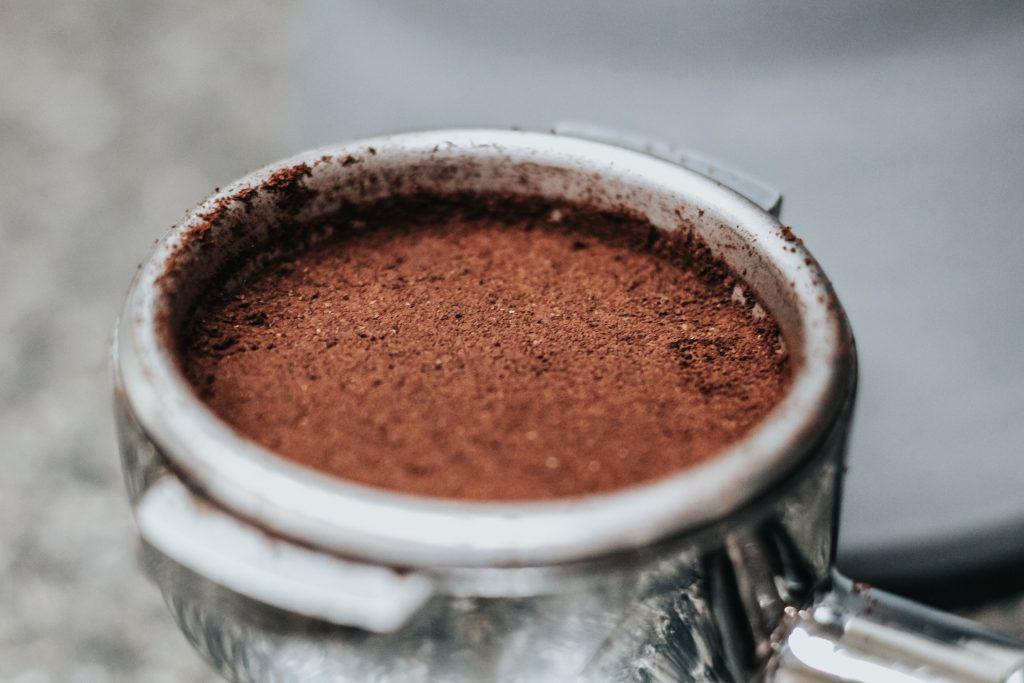
While Americans tend to use the terms interchangeably, there is a difference between hot chocolate and hot cocoa, and this distinction is hinted in their names. Hot chocolate is exactly that: melted chocolate combined with either hot water or milk. Meanwhile, hot cocoa is made by mixing cocoa powder, sugar, and milk. Hot chocolate tends to be richer in flavor and thicker, whereas hot cocoa can be described as sweet and thin.
So technically speaking, that pouch of powdered “hot chocolate” sitting in your kitchen cabinet should be called hot cocoa. But how is this dreamy winter drink made?
The smooth and creamy chocolate drink we enjoy today is largely thanks to the work of chemist Coenraad Johannes Van Houten, who in 1828 patented the process of appropriately preparing cacao beans for use in beverages.
His method allowed the cocoa butter to be separated from the ground cacao beans. The resulting powder was then treated with an alkali substance (in this case, baking soda), allowing it to combine more efficiently with water. This created a more uniform mixture that could be enjoyed without the oil slick on top.
And while it’s true that there are other ways to process cacao beans, “Dutching” as Johannes Van Houten’s method is called, is a popular method because results in a more delicately flavored cocoa powder that’s best fit for a hot chocolate drink.
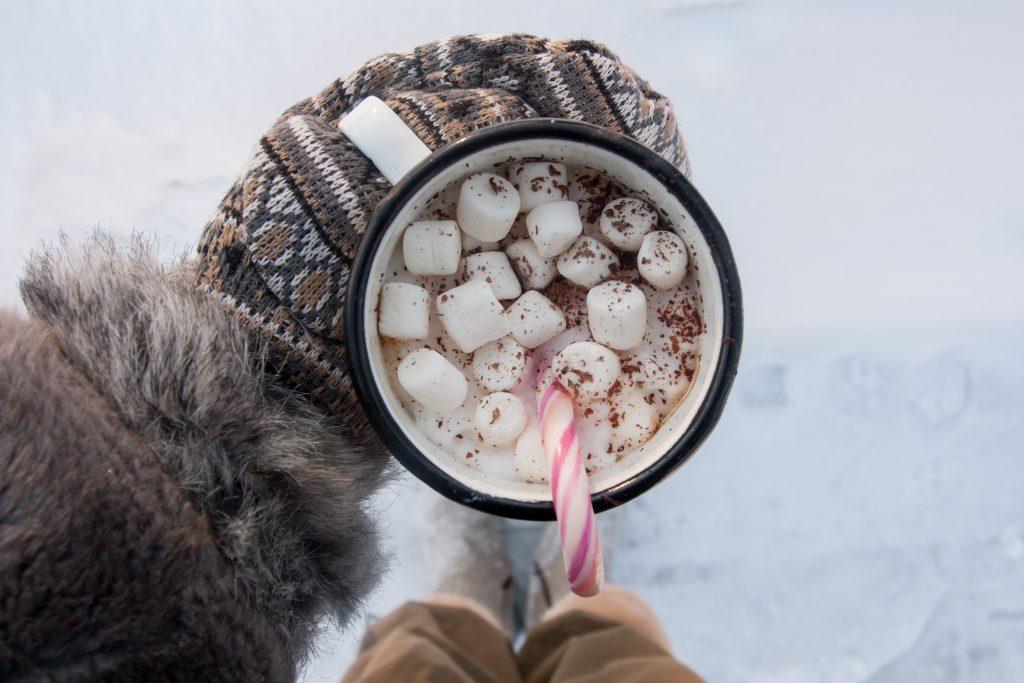
As How Stuff Works describes, to make ‘Dutched cocoa powder,’ chocolate liquor is pumped into giant hydraulic presses, where about half of the cocoa butter is squeezed out. Baking soda is then added to the remaining material, which is called ‘press cake.’ The treated press cake is then cooled, pulverized, and sifted to form cocoa powder. The cocoa powder is then packaged for sale in grocery stores as hot-chocolate mix or sold in bulk for use as a flavoring by dairies, bakeries, and candy manufacturers. Meanwhile, the leftover liquid cocoa butter is sold for manufacturing chocolate, or for use in pharmaceuticals and cosmetics.
With access to convenient little pouches, the hot chocolate making process for consumers simply comes down to the decision of whether to heat it up with milk or water. And while that’s certainly a debate that has divided communities for generations (and a topic for another time), it’s thanks to the versatility of powdered cocoa that consumers are able to make the beloved drink all their own. Happy drinking!
If you have an idea for the world’s next chocolate drink or powdered beverage, we can help. Get started by filling out this form, or by giving us a call at (502) 273-5214 today!

blog
Join us as we unveil a selection of our Beverage Architects' cherished cocktails (including one delightful mocktail) guaranteed to captivate the night.

blog
Each year, our team of Beverage Architects here at Flavorman come together to flex our divination muscles and attempt to predict the beverage trends of the upcoming year. Check out our predictions for 2024 Beverage Trends!
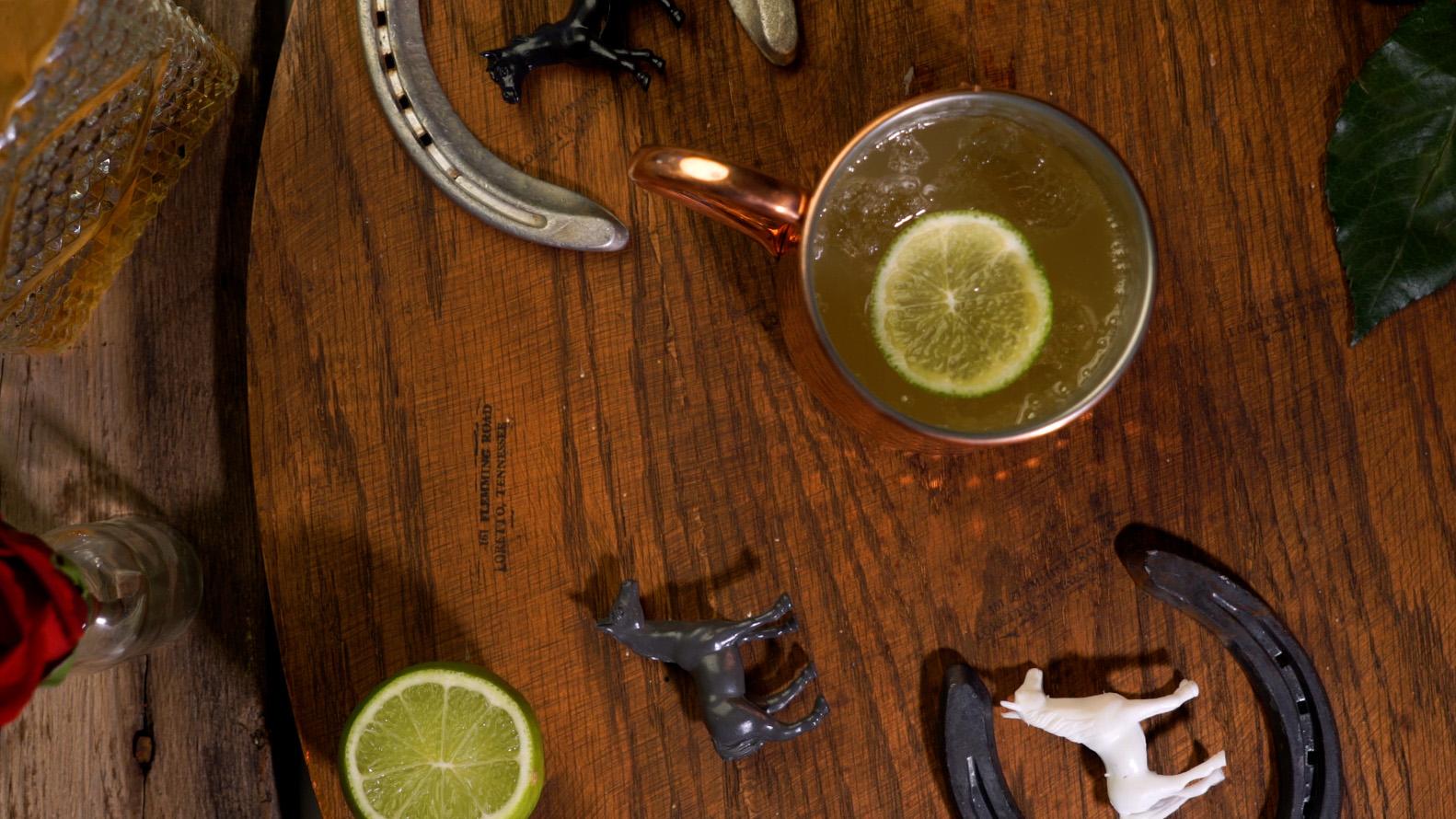
blog
This year, we ‘reigned in’ the most anticipated horses set to race this year and used their namesake to reinspire classic Derby Cocktails (and one mocktail)!
Let's Talk